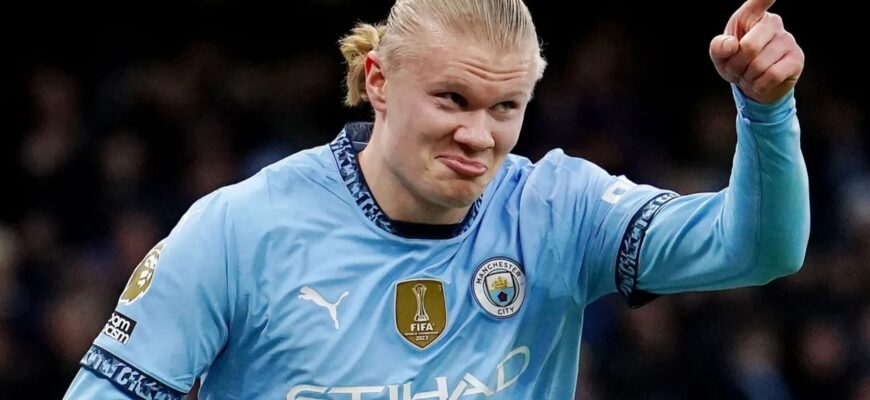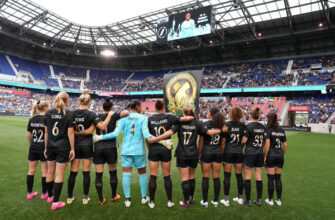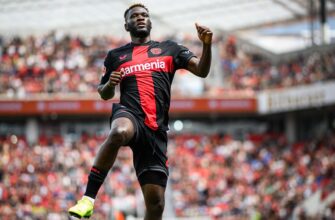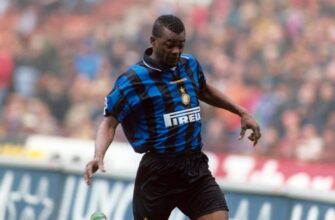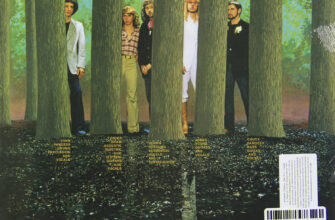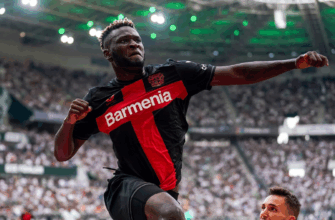For years, Manchester City under Pep Guardiola has been football`s grand orchestra, meticulously composing every pass and movement. Their dominion, built on possession and positional play, seemed unassailable. Yet, as the Premier League embarks on another season, a subtle, yet seismic shift is underway at the Etihad – one that sees the formidable talents of Erling Haaland not merely as a potent instrument, but as the very conductor of their new tactical symphony.
The Shifting Sands of the Etihad
Manchester City, a club often seen as a bastion of tactical consistency, has recently navigated a period of significant squad evolution. Key figures, the very cogs in Guardiola`s intricate machine, have departed. The relentless energy of Kevin De Bruyne, the intricate dribbling of Jack Grealish, and the defensive solidity of Kyle Walker – all have sought new horizons. Even the reliable Ederson`s future appears uncertain, while Rodri, the midfield linchpin, has contended with injuries. This exodus of familiar faces has, perhaps ironically, cleared the stage for a new focal point to emerge.
Enter Erling Haaland. Since his arrival from Borussia Dortmund, the Norwegian striker has been a phenomenon, scoring goals with alarming regularity. Yet, for three seasons, there lingered a whispered suggestion that this force of nature was, at times, a slightly awkward fit within City`s prevailing system. A team built on patient, probing build-up and suffocating possession found itself with a striker engineered for directness, explosive runs, and a ruthless finish. It was, some might argue, akin to using a sledgehammer to drive a nail into a perfectly pre-drilled hole – effective, but perhaps not the most elegant solution.
A Glimpse into the Future: The Wolves Blueprint
The recent opening fixture against Wolverhampton Wanderers offered a compelling preview of this evolving blueprint. While Tijjani Reijnders garnered headlines, Haaland’s performance was quietly revolutionary. Analytics revealed that the 25-year-old was responsible for an astonishing 1.99 expected goals (xG) – a figure higher than almost any other entire Premier League team on matchday one. A significant six of City`s 15 shots were aimed by Haaland, with other penalty box attempts scarce.

What truly stood out, however, was not just Haaland’s shot volume, but the fundamental change in City`s approach. Compared to previous visits to Molineux, City commanded nearly 20% less possession, executed 44% fewer sequences of nine or more passes, and notably reduced their average time on the ball by over 15%. They played deeper, transitioning the ball from back to front with far greater alacrity. For those who have witnessed Haaland accelerating through open channels, the tactical implications are clear: this system is custom-designed for the No. 9.
Guardiola`s Pragmatism: Responding to “Modern Football”
This tactical recalibration is not born of whim, but a calculated response. Guardiola himself, following a rare dip in form late last year, mused on the nature of contemporary football, stating that “modern football is the way that Bournemouth play, that Newcastle play, Brighton play… modern football is not so positional.” Coming from a manager whose career has been defined by positional play, this was a profound admission. His teams have consistently been outliers, committing vast numbers high up the pitch to recover possession and suffocate opponents in their own third. The challenge was integrating a player like Haaland into this intricate ballet without compromising his unique strengths.
Even the most rigid philosophers must sometimes bend to the undeniable force of nature.
The Molineux fixture was stark proof of this shift. City regained possession in the attacking third only twice, conceding it six times – a stark contrast to their typical high-press dominance. While still commanding in the final third, the relative balance was reminiscent of clashes against fellow titans like Arsenal or Liverpool, not mid-table opposition. This suggests a deliberate pivot, a pragmatic acknowledgment that the game itself is evolving, and with it, City must evolve too.
The Architects of Change: New Signings, New Philosophy
This tactical redirection is further evidenced by City`s recruitment strategy over the summer. The new arrivals are not merely squad fillers; they are carefully selected components for this new, more direct engine. Rayan Ait-Nouri, a force in transition at Wolves, is less likely to recycle possession and more inclined to drive forward or strike. Tijjani Reijnders, should he build on his promising start, appears poised to excel through his explosive runs into the box – a trait reminiscent of Ilkay Gundogan`s box-crashing prowess, but perhaps with even greater verticality.
Rayan Cherki, widely considered a successor to the departing De Bruyne, also possesses the ability to unlock defenses with a single, incisive pass, bypassing midfield congestion entirely. On the left flank, the patient, possession-oriented approach personified by Grealish has been swapped for the more direct, piercing runs of Omar Marmoush. Even the continued presence of electric wingers like Jeremy Doku and the emerging Savinho speaks volumes about Guardiola`s embrace of speed, directness, and individual brilliance over pure possession metrics.
The Haaland Era: A New North Star
The lingering question remains: will City revert to their old ways once Rodri is fully fit? It seems increasingly improbable. Guardiola`s past “crisis” may well have been the catalyst for a more permanent evolution, one that no longer hinges entirely on a Ballon d`Or-winning midfielder operating at peak fitness. It may ultimately be that Haaland, rather than Rodri, becomes the new “chief reference point” for Manchester City. Even in Haaland`s absence, the likes of Marmoush offer a distinct, direct alternative, allowing the tactical framework to persist.
This, then, appears to be a *new* Manchester City. A team still steeped in excellence and tactical sophistication, but one that has shed some of its purist inhibitions to embrace a more direct, pragmatic, and undeniably fearsome identity. It is a bold strategic move, and one that is quite clearly being formed in the awe-inspiring image of their colossal No. 9, Erling Haaland.

